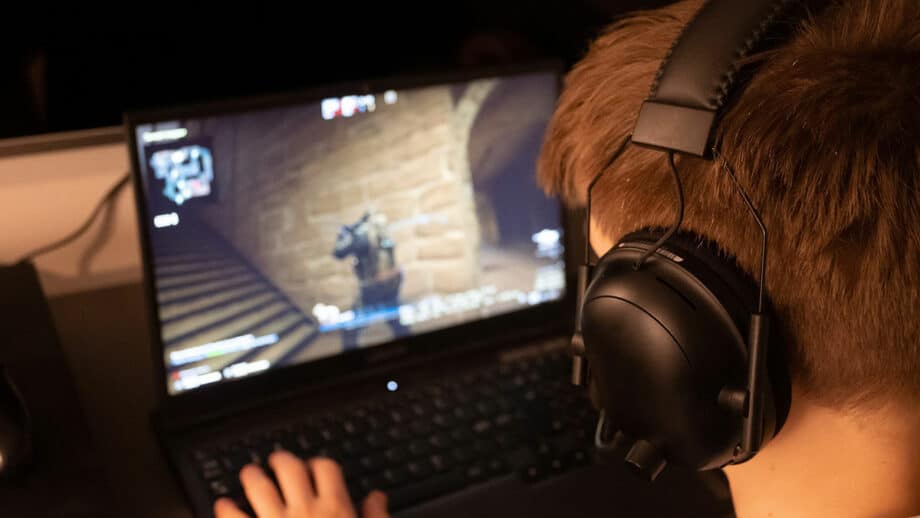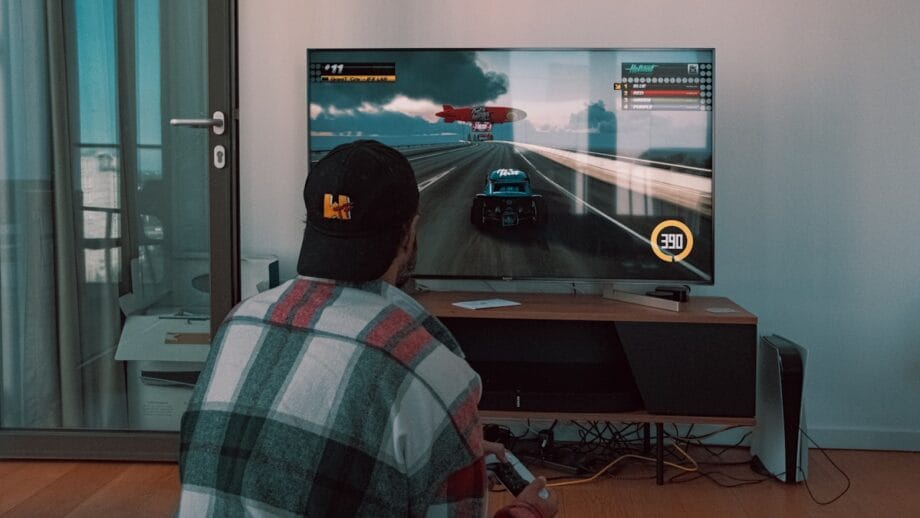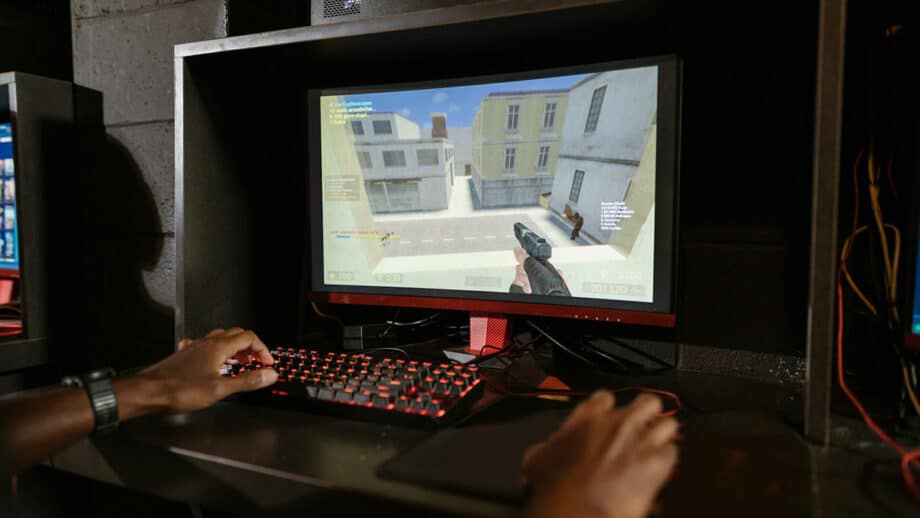“VFX Transforms the Gaming World by Enhancing Dynamic Effects That Elevate Gameplay”.
VFX (Visual Effects) software is the game-changer within the gaming world, changing how the digital world is perceived and interacted with. One could almost imagine stepping into a world that would make every flicker of the light, rippling of water, and whispering of the wind feel palpably real.
VFX technology goes beyond aesthetics, which transforms play into an experience that hits one’s senses and where fantasy is intertwined with reality. This amazing evolution would show how, beyond visuals alone, these innovations alter the way the story is actually told inside the game.
One of the major benefits of VFX software is enhanced realism. VFX technology offers developers the possibility of building lifelike graphics which include dynamic lighting, shadows, and reflections. It has become the backbone of the gaming world where developers can create amazing graphics and lifelike environments to hook players.
According to the statistics of the PwC, the gaming industry exceeds US $296 billion and is likely to surge further. With technology upgrading, VFX software has not only enhanced the graphics of games but also altered how stories are narrated and how players interact with digital worlds.
Dynamic environmental effects, such as weather changes and explosions, can be created to make the world feel alive and reactive. Most powerful hardware may be necessary to run high-end visual effects, making them inaccessible for users with less powerful equipment.
VFX In Games Redefines the Boundaries of Advanced Particle Systems and Real-Time Ray Tracing

Technological advancements in visual effects in gaming have dramatically modified the way a player perceives a digital world, thus continually pushing graphical fidelity and the immersion of storytelling. The last twenty years were characterized by going from 2D sprites and fully realized 3D environments, allowing developers to realize vast and interactive universes.
It is, on the other hand, the rapid progress of advanced VFX that has changed the face of gaming in reality. Advanced particle systems and real-time ray tracing are the new technologies that have paved the way for change.
Real-time ray tracing is considered the revolution of lighting and reflection in imitation of how light would have acted in real-world circumstances. The lighting can feel so realistic and shadow can look extremely convincing, that one feels transported to the environment and gets some interactive responses from the players. Such high detail makes immersion more realistic because the players can see their surroundings and react authentically to changes in light and weather, creating a more believable experience.
Another significant step forward is with advanced particle systems, where one can simulate complex effects like fire, smoke, or explosions. These systems permit a more realistic and interactive game world.
The interplay of VFX and gameplay mechanics is highly relevant now, developers leverage such effects not just aesthetically but for creating the involvement of players as well as depth in their story.
Interactive AI and Procedural Content Generation Creates Dynamic and Interactive Experiences

Artificial intelligence is playing a revolutionary role in the gaming field with regard to VFX. It has totally transformed how developers create and implement graphics. The greatest aspect AI brings forward for VFX is that complex processes like generating realistic animations and environments can now be automated.
For instance, AI algorithms may analyze motion capture data that would be used for creating fluid character movements in animations, thus significantly cutting the time and effort required to accomplish traditional animation techniques. This not only makes character interactions more realistic but also enables developers to focus more on storytelling and gameplay mechanics.
It is also through the integrated machine learning algorithms that created realistic facial expressions and body language, making characters more relatable and enhancing emotional connections with players.
AI-based tools are also enabling real-time rendering of VFX making the game more immersive for the players. Optimizing graphics based on hardware capabilities, AI can dynamically alter visual fidelity to ensure smooth performance across a range of devices. This adaptability is very important in today’s game landscape where the players span from high-end PCs to mobile platforms.
AI helps procedural content generation, which allows for vast, complex game worlds without requiring massive amounts of manual input during the process. AI can analyze the behavior of players and tailor effects and experiences in real time, making the gaming experience more personalized and resonating at a deeper level with gamers.
In general, this integration of AI in VFX is revolutionizing the game development process, ensuring it is more efficient, innovative, and responsive, pushing the boundaries of the possible in interactive entertainment.
Virtual Reality (VR) And Augmented Reality (AR) Blends the Real World with Dynamic Virtual Effects

Besides making visuals beautiful, VFX is of utmost importance in the implementation of VR and AR into gaming.
In VR, where one is completely submerged in a game world, VFX technology plays an important role in making believable environments react to the actions of players. Real-time rendering ensures that VR experiences are maintained as smooth and realistic and enhance the presence.
AR gaming, on the other hand, combines elements of the digital world with the real world, and VFX is what brings excitement to these experiences. With AR technology, one can superimpose virtual objects onto the player’s actual environment.
The use of VFX makes these digital overlays more believable, thus providing an interactive and enjoyable experience. Advancements in virtual reality and augmented reality have catapulted the VFX technologies to some ever-new territories.
An example of how VFX technology adjusts to meet the special demands of immersive gaming is in the development of foveated rendering, a method that would make rendering quality more concentrated around where the player’s attention lies, reducing details from the peripheral vision.
VFX software would support most games that use fantastical or futuristic effects, including those composing magic spells and alien technology and otherworldly visuals, from bright lights and smooth animations to incredibly complex simulations of energy and matter. The development is not only aesthetically enhancing but also a way of optimizing performance.
Real-Time Simulations Make Gaming World Feel Alive and Reactive

The future for VFX in gaming is limitless, as it continues to evolve with ever more powerful graphics processing units (GPUs) and VFX engines. Developers are experimenting with newer technologies that take advantage of procedural generation and real-time simulations.
Real-time simulation, in actual game development terms, encompasses creating a lively and response-based environment reacting instantaneously to the player’s actions. The more of these players get used to high-quality visual images, the greater demand is built for high-end VFX. It will force the industry to push forward and continuously raise the bar of what is possible with VFX.
Whatever the case, the continued evolution of VFX is adding aesthetic appeal as well as increasing emotional as well as narrative impact, and the experience of a game becomes more immersive and unforgettable.
VFX is very important in the world of User Interfaces (UIs). Subtle animations and effects can make menus and heads-up displays (HUDs) more intuitive and attractive. For example, transitions between menus, animation for icons, and the effect of feedback while in the game can make it really engaging for users.
A good UI is usually a better way to increase usability and let people in-game navigate complex game mechanics easily.
With Notable Software Tools in Gaming VFX Make the Gaming Landscape Diverse

VFX software allows developers to experiment with a wide range of artistic styles, from photorealistic graphics to very stylized, almost cartoon-like aesthetics. With Unity and Unreal Engine, the rendering capabilities are incredibly powerful, so the creators get to see their vision of a gritty, post-apocalyptic world or a colorful, cartoon-like universe. This artistic freedom inspires developers to experiment with designs that lead to visually distinctive games that stand out in the marketplace.
VFX software has often more capabilities than just aesthetics. Sometimes, it creates gameplay mechanics unique to games. Integration of VFX in-game mechanics thus encourages innovation and forces the game developers to break away from the norms of traditional game design.
VFX software is part of diverse game development, where artists can express themselves, create innovative gameplay scenarios, and tell culturally rich narratives. As the world keeps advancing technologically, it stands to make the games a wider and creative platform, and therefore the type of experiences that players can have will continue growing, helping to make the gaming landscape diverse.
It is all about the quality and realism of visuals in a game, with the appropriate VFX software tool. From real-time particle effects in Unreal and Unity to complex procedural simulations in Houdini and Maya, every one of these tools has a critical role in creating dynamic, immersive, and breathtaking gaming experiences.
According to a report from Pristine Market Insights, VFX software is essential in diverse game development, driving creativity and ensuring that a wide array of voices and stories are represented in the gaming landscape.
Diverse game development is no longer a trend but the force that powers the growth of the gaming market. It is the integration of cultural representation, innovative gameplay, and community engagement that is weaving a tapestry of experiences touching a wider audience. That is how this evolution benefits sales and makes the gaming landscape more inclusive and dynamic as the market grows.
VFX is no longer a matter of “making things look cool” in games, it has become an intrinsic part of building deeply immersive, dynamic, and interactive experiences. Improvements in rendering technology, real-time simulation, and AI-driven effects are transforming the gaming sector in ways that not only enhance visual appeal but also allow for deeper emotional engagement and interactivity by players.
From realistic environments and spectacular animations to dynamic gameplay elements, VFX software is one of the driving forces behind the next generation of gaming experiences.





